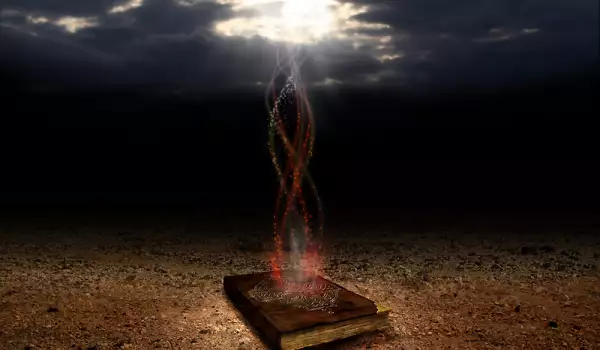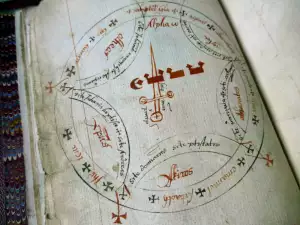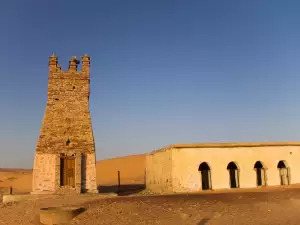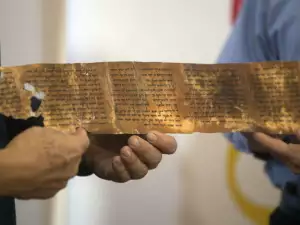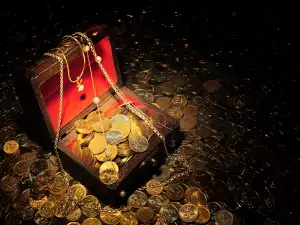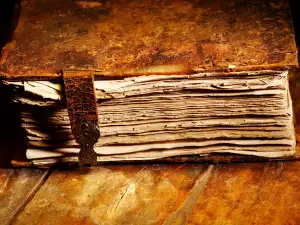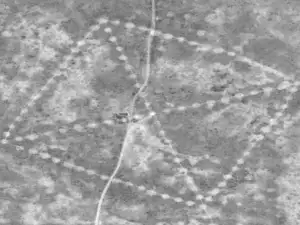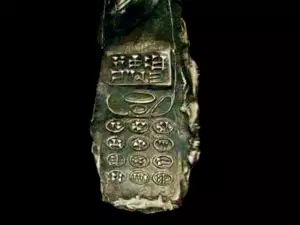The Voynich Manuscript was discovered in 1912 and bears the name of the person who came into possession of it - a Polish-American book antiquarian named Wilfrid Michael Voynich. The parchment shows never-before-seen plant species.
The codex consists of 240 pages, written in a completely unknown language. There are colorful illustrations of various plants and objects on every page, which people of the Middle Ages did not even know existed.
To this day no one knows who wrote the manuscript, while carbon dating shows that it was written between 1404 and 1438. Because of the enigma surrounding it, it is considered the most mysterious manuscript in the world.
Despite the difficulties surrounding its decipherment, there do exist several theories as to the emergence of the manuscript and the use people of the Middle Ages may have gotten from it.
The most popular theory is that the Voynich Manuscript is a medical dictionary and from its pages we can see the basis for modern medicine. It is postulated that the numerous illustrations of herbs and plants show that the manuscript was written by an alchemist.

However, there are also numerous celestial objects described in quite a lot of detail, which people of the Middle Ages could not have possibly known to have existed. What's even more impressive is that the attached maps and charts are astoundingly accurate.
This is why some researchers believe that the manuscript was the product of an extraterrestrial civilization.
Other researchers determine the author of the codex to be Roger Bacon - one of the most famous alchemists of the past. Still others believe that Wilfrid Michael Voynich himself wrote the mysterious work.
In 2013, scientists from Argentina and Great Britain discovered that the text was based upon a semantic model and that theoretically, it can be deciphered. Analyses show that the style of text is Italian but it is almost certain that the author was not European.
Experts from the University of Delaware theorize that the manuscript was written by the Aztecs but linguists and cryptologists are skeptical of this claim.
Scientists from all fields, however, do agree that the Voynich Manuscript carries an important message that needs to be decoded.
